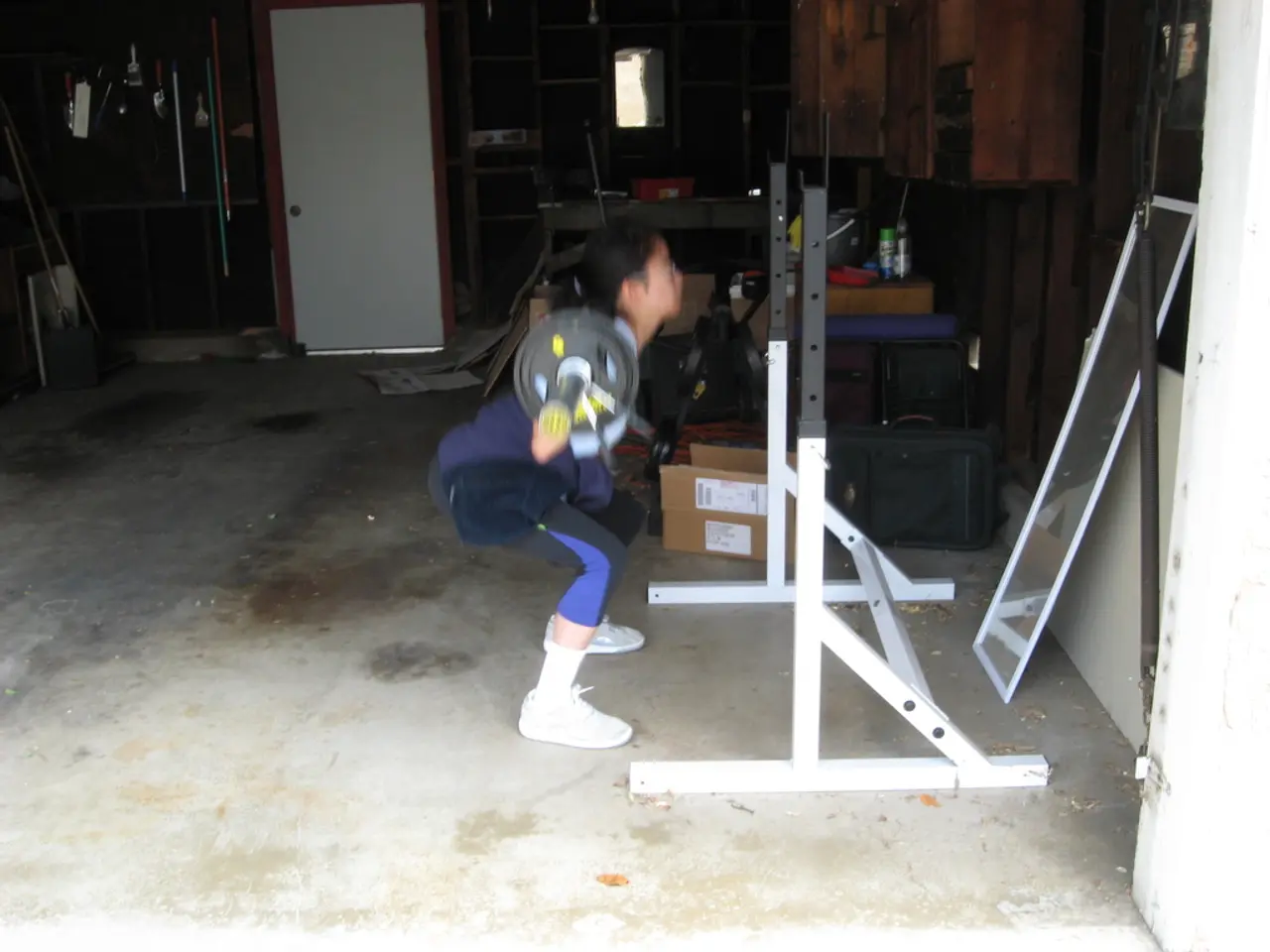Weight Increment by 1%: Enhanced Potential Through Microloading Technique
Microloading, a fitness strategy that involves small, incremental weight increases in strength training exercises, is gaining popularity among athletes, bodybuilders, and fitness enthusiasts alike. This method, which promotes progressive overload while minimizing the risk of sudden injury, has proven to be an effective approach for enhancing strength and building muscle.
### **1. Strength Enhancement**
The gradual progression offered by microloading allows for consistent increases in weight, leading to a steady increase in strength over time. This approach helps avoid plateaus and ensures continuous progress, while also improving neural efficiency by making the nervous system more efficient at recruiting muscle fibers, thus enhancing lifting capacity.
### **2. Muscle Building (Hypertrophy)**
Microloading applies progressive overload, a crucial factor for muscle growth. By increasing muscle stress, it forces the muscles to adapt and grow. The consistent metric provided by microloading to track progress is essential for effective hypertrophy gains.
### **3. Benefits for Athletes and Bodybuilders**
For athletes, microloading can help improve performance by enhancing strength and endurance in specific movements relevant to their sport. For bodybuilders, it aids in refining muscle definition and size. The method's sustainability reduces the risk of injury by not overloading the muscles suddenly, allowing for sustainable training over long periods.
### **4. Fitness Enthusiasts**
Microloading is accessible to anyone, regardless of fitness level, as it involves small increments that can be tailored to individual capacity. Seeing consistent progress can be motivating, which is crucial for maintaining a long-term fitness routine.
Microloading can be used for all types of resistance exercises, including machines, dumbbells, or bodyweight exercises. It is commonly used with weightlifting exercises, such as squats, deadlifts, bench presses, and overhead presses. The small weight increases in microloading accumulate over time, leading to significant gains.
Microloading enhances consistency by making progress every session, keeping workouts manageable and less daunting. It offers psychological benefits, such as increased confidence, greater enjoyment in training, and improved adherence to the routine. Microloading can also help with endurance training by gradually increasing the weight used for higher-rep sets.
Microloading allows for continuous strength gains by ensuring that the increases in weight are manageable and don't demand excessive recovery time. It is beneficial for all levels of lifters, from beginners to advanced. Improvements may be gradual, but they will be seen over time.
The science behind microloading is rooted in the principles of progressive overload, which encourages muscle adaptation at a cellular level. This method, when practiced diligently and consistently, can lead to noticeable improvements in strength and muscle mass.
Health-and-Wellness Benefits
By promoting progressive overload and muscle adaptation, microloading contributes to overall health and wellness. Regular strength training, facilitated by microloading, helps maintain a healthy body weight and improves cardiovascular health.
Long-Term Fitness and Exercise SDTT
Microloading's focus on continuous progress and reduced risk of injury encourages a long-term fitness and exercise commitment. This sustained engagement can lead to a lifestyle centered around health-and-wellness, fostering better overall physical and mental health.








